Fotu La Pass : Where the Road Meets the Sky!
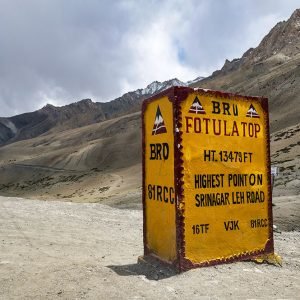
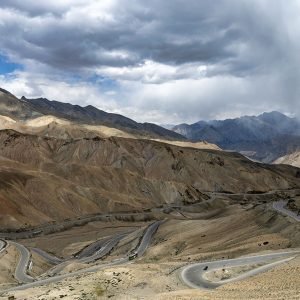



Table of Contents
Toggle1. Overview
Fotu La Pass is among the highest mountain passes in Jammu and Kashmir. This place acts as the mainstay for travelers and adventure-seekers. Located high up above sea level at 4,108 meters, approximately 13,478 feet, Fotu La Pass commands breathtaking views, high demanding landscapes, and an extraordinary experience for all who cross this wonderful route.
This travel guide is going to discuss each and every aspect of the Fotu La Pass, right from geographical significance and travel information to some useful tips for visitors and the best attractions around the pass.
2. Geographical Significance
a. Location
Fotu La Pass is located in the Ladakh region, sandwiched between the Zanskar Valley and the Leh-Manali Highway. It falls as an important point on the Highway linking the capital of Ladakh, Leh, with Srinagar in Jammu and Kashmir. The pass forms a natural boundary between the region of Zanskar and Ladakh.
b. Elevation and Terrain
Situated at an altitude of 4,108 meters or 13,478 feet, Fotu La Pass forms one of the highest motorable passes in the world. It is commanding and rough in landscape, comprising steep inclines and narrow roads with sudden weather changes in its vicinity. The vistas viewed in a pan across the top of surrounding mountain ranges such as that of the Himalayas and Zanskar Range at the very top of the pass are breathtaking.
c. Climate
The weather conditions at Fotu La Pass could be quite extreme. Summers are fairly mild and range from 5°C to 15°C (41°F to 59°F), while winters can be harsh and as low as -20°C (-4°F). Consequently, the pass is often closed during winters due to heavy snowfall and adverse weather conditions.
3. Historical and Cultural Significance
a. History
For many years, Fotu La Pass has been an important trade route to connect the regions of Ladakh and Zanskar with the rest of the Indian subcontinent. Historically, Fotu La Pass has been the most important point where exchange was affected regarding goods, culture, and ideas between these far-off regions.
b. Cultural Importance
It is important from the cultural point of view too. Ladakh, the region in which Fotu La Pass is situated, boasts a rich history pertaining to Buddhism and other customs. Ancient monasteries, traditional festivals, and sizable local communities add color to the cultural scenario around this pass.
4. How to Reach Fotu La Pass
a. Best Time to Visit
The best time to visit Fotu La Pass is between summer months that start in June and go on till September, when the weather is pretty good, and the pass is open to travelers. During this time, the roads are clear of snow, and the scenic beauty is at its peak. Winter visits are not recommended due to the risk of heavy snowfall and road closures.
b. Getting There
i. By Road
The pass is accessible via the Leh-Srinagar Highway, which again is well-connected to major cities like Leh, Srinagar, and Manali. Reaching the pass normally involves traversing the Leh-Manali Highway, offering breathtaking views on the way and very challenging to drive.
ii. By Air
The major airport serving Fotu La Pass is at Leh, and it links all the major Indian cities like Delhi and Mumbai. One can hire taxis from Leh or join tours organized to reach Fotu La Pass.
c. Travel Tips
i. Acclimatization: The place is situated at an extremely high altitude. Acclimatization is necessary. Spend some days in Leh or other high-altitude areas around it to get your body adjusted to the low level of oxygen in the atmosphere.
ii. Permits: Visitors traveling in the Ladakh region, including the Fotu La Pass, may require permits. Consult the local authorities or tour operators to know about any documents and permits required for the visit to the region.
iii. Vehicle Preparation: When traveling by road, the condition of the vehicle should be good, with all necessary equipment to negotiate difficult terrain. Travel with supplies such as spare tires, tools, and emergency equipment.
iv. Weather Conditions: Be prepared for sudden weather changes. It is advised to travel in warm clothing, especially during shoulder seasons or during snowfall.
v. Health and Safety: Proper hydration and avoidance of strenuous activities can help prevent altitude sickness. One is always advised to consult a physician in case of any medical conditions that may be exacerbated by high altitudes.
5. Attractions Around Fotu La Pass
a. Scenic Views
Fotu La Pass offers some of the most spectacular views in the region. In fact, the panorama of the surrounding mountain ranges, valleys, and rivers is great, presenting innumerable photography and sightseeing opportunities.
b. Nearby Attractions
Situated south of Fotu La Pass, the valley has gained much fame for its desolate beauty and peculiar landscape. The valley houses several ancient monasteries, typical villages, and beautiful routes for trekking.
ii. Ladakh Monasteries
The Ladakh region houses a number of monasteries, each having some historic and cultural significance. The main monasteries near Fotu La Pass include Hemis Monastery, Thiksey Monastery, and Diskit Monastery.
iii. Magnetic Hill
Magnetic Hill is a famous tourist spot located on the Leh-Srinagar Highway. The place has gained its popularity because of the optical illusion created, which gives the impression that vehicles climb uphill. It is a strange occurrence and draws interested tourists.
iv. Leh Palace
Leh is home to the famous Leh Palace, which introduces tourists to the royal history of the region. The 17th-century building provides a full panoramic view of the city, along with the mountains surrounding it.
6. Adventure Activities
a. Trekking
Trekking is great in the region around Fotu La Pass. Some name treks are Markha Valley Trek and Chadar Trek, which explore the different topography and cultural heritage of the region.
b. Mountain Biking
Adventure enthusiasts find mountain biking across the rugged terrain of Ladakh quite exciting. Various trails and routes are available for different skill levels.
c. River Rafting
White-water Rafting in River Zanskar and Indus River are much thrilling. Along with the rapid nature of water, the scenic beauty makes the exercise thrilling for the rafters.
7. Conclusion
From a geographic feature to an adventurous destination, Fotu La Pass is an important cultural and historical landmark. Its altitude, difficult terrain, and panoramic views make it a site to be basked in by every nature-seeking tourist desiring cultural immersion. Whether an adventure enthusiast or a cultural explorer, Fotu La Pass promises an experience that has no equal and meanwhile brings into view the exclusive charm of Ladakh.
How to book a trip to Fotu La Pass, India with Charzan Holidays?
For a seamless and exceptional booking experience, contact Charzan Holidays at reservations@charzan.in or call us at +919622224473
Frequently Asked Questions
1. What is Fotu La Pass? | |
| Fotu La Pass is a high mountain pass in the Indian Himalayas, located at an altitude of approximately 13,478 feet (4,084 meters). | |
2. Where is Fotu La Pass located? | |
| Fotu La Pass is situated on the NH 1D highway, connecting the town of Leh in Ladakh to the Zanskar Valley, and is located between Lamayuru and Kargil. | |
3. When is the best time to visit Fotu La Pass? | |
| The best time to visit is between May and October when the weather is relatively stable and the roads are open. | |
4. How do I get to Fotu La Pass? | |
| You can reach Fotu La Pass by road, typically as part of a journey from Leh to Kargil or Zanskar Valley, using private vehicles, taxis, or organized tours. | |
5. Is it safe to travel to Fotu La Pass? | |
| Travel is generally safe, but visitors should be cautious of high altitude, changing weather conditions, and road conditions. Acclimatization is important. | |
6. What should I pack for a trip to Fotu La Pass? | |
| Pack warm clothing, sturdy shoes, a first aid kit, snacks, water, and a camera to capture the beautiful landscapes. | |
7. Are there accommodations near Fotu La Pass? | |
| There are limited accommodations directly at the pass. Travelers typically stay in nearby towns like Lamayuru or Kargil. | |
8. What types of vehicles can navigate Fotu La Pass? | |
| High-clearance 4×4 vehicles are recommended due to rough terrain. Local taxis and buses also operate on this route. | |
9. Can I see snow at Fotu La Pass? | |
| Yes, snow may be present at Fotu La Pass, especially in early summer and late autumn. Heavy snowfall can block access in winter. | |
10. Are there trekking opportunities near Fotu La Pass? | |
| Yes, there are trekking routes nearby, offering opportunities to explore the stunning landscapes and local culture. | |
11. What is the altitude of Fotu La Pass? | |
| Fotu La Pass is located at an elevation of approximately 13,478 feet (4,084 meters) above sea level. | |
12. Are there any restrictions for travelers at Fotu La Pass? | |
| While there are generally no specific restrictions, it’s advisable to check local regulations and permit requirements for the region. | |
13. What are the main attractions near Fotu La Pass? | |
| Nearby attractions include the Lamayuru Monastery, the unique landscapes of the Zanskar Valley, and various cultural sites. | |
14. Is there mobile network coverage at Fotu La Pass? | |
| Mobile network coverage can be limited in the area, so it’s wise to inform someone of your travel plans in advance. | |
15. What precautions should I take when visiting Fotu La Pass? | |
| Acclimatize gradually, stay hydrated, carry enough food and water, and check weather conditions before your journey. |



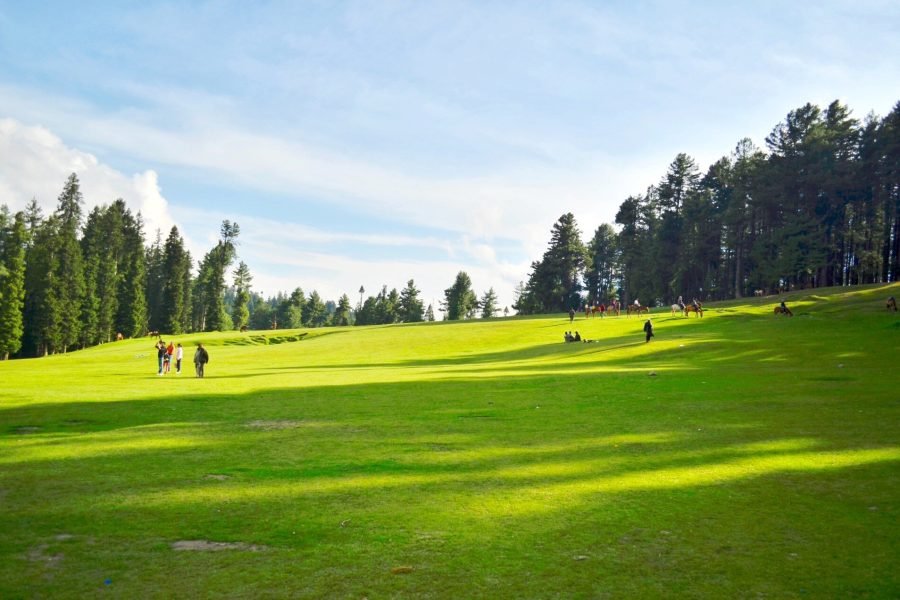
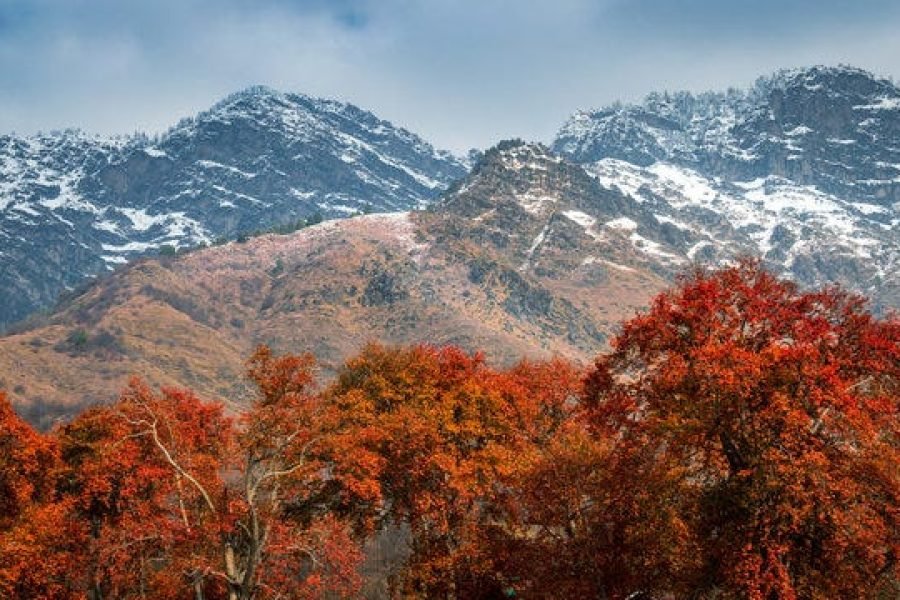
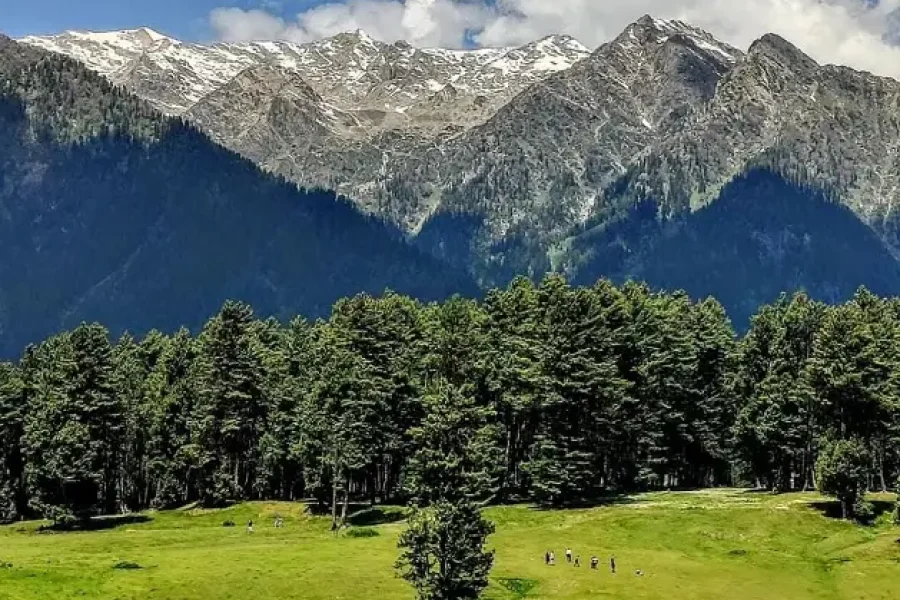
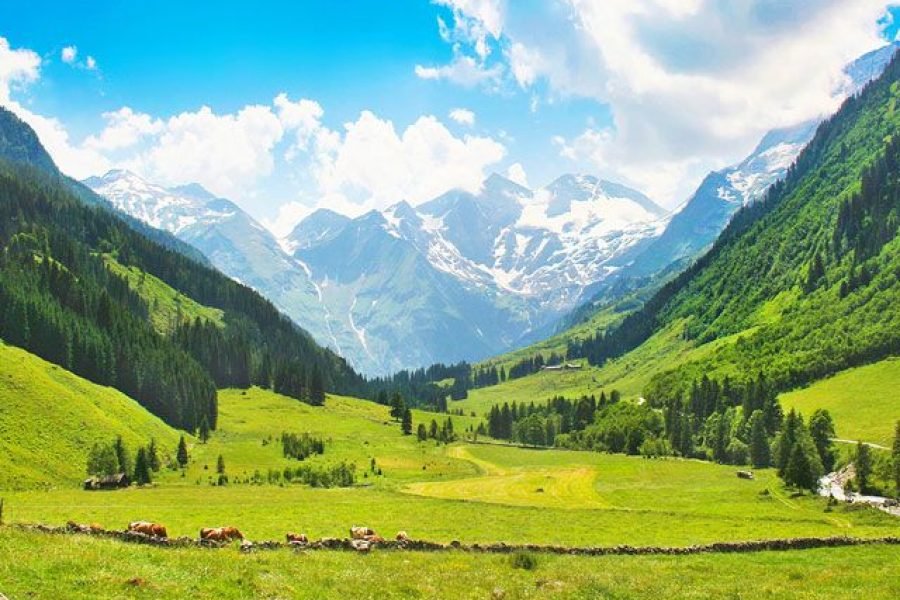
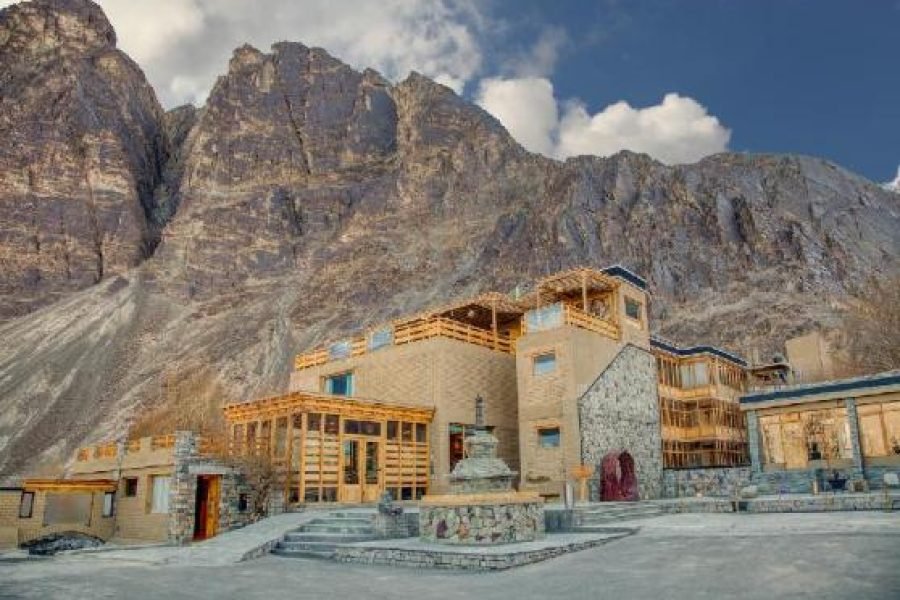

0 Comment